As Covid-19 infection rates tick up again in several states, indigenous communities in Oklahoma are reporting a different problem: not enough people to vaccinate.
Earlier this month, several Native American communities, including the Cherokee, Chickasaw, Osage and Choctaw, opened up free vaccinations to all Oklahoma residents, not just the hundreds of thousands of nation members spread across the midwestern state.
Increasing availability from the Indian Health Service of the three coronavirus vaccines currently approved in the US, Pfizer, Moderna and Johnson & Johnson, also allowed the nations to push immunizations into more areas, many of them rural and remote.
Now, however, several nations are reporting they have supplies far in excess of demand.
“We’re running out of people to vaccinate,” Brian Hail, head of the Cherokee Nation’s vaccination program, told the New York Times this week. “We’re struggling to get people to come in.”
By midweek, the Cherokee program had administered more than 33,000 vaccinations at its nine distribution sites across Oklahoma. But on one day at the start of the week, the Times reported, 823 available appointments went unclaimed.
The situation is similar at the Chickasaw Nation, another of Oklahoma’s larger Native American communities with about 70,000 in-state members, which operates drive-up sites in four cities. The largest is a 16-lane drive-through in Ada, where the nation is headquartered.
“We’re still not full. We can obviously give more vaccines than we are currently,” said Dr John Krueger, Chickasaw’s chief medical officer. The nation, he said, had administered more than 32,000 shots by Thursday morning, having opened availability to all Oklahoma residents a little under a week ago.
The reason for the perceived soft take-up is unclear. Hail, whose nation has 114,000 members in Oklahoma, believes it is partly because everybody who wanted a shot early in the program was able to get one quickly, and publicity about declining infection rates made it less of an urgency for others.
Even so, the Cherokee Nation’s expectation that demand would increase once their shots were made available to all was not realized. Telephone agents hired to schedule appointments, some of them Cherokee speakers, were sitting mostly idle, the Times reported.
Krueger said demand for the Chickasaw’s stockpile was affected, this week at least, by the school calendar.
“We’re on spring break here, and that’s always a challenging week,” he said. “I think some parents and kids may be out doing other things and probably vaccine isn’t on the top of their mind.”
Others among Oklahoma’s 39 tribal nations have joined the Chickasaw and Cherokee in adapting their outreach programs to find more people. The 23,000-strong Osage Nation, for example, found that mass vaccination events at its casinos were poorly attended, and that only 200 people were showing up each day at a clinic capable of administering 500 shots.
According to the Times, it has purchased two 30ft recreational vehicles adapted into mobile clinics to get to smaller towns and more rural communities. “You kind of grind it out,” the Osage medical director, Dr Ronald Shaw, told the newspaper.
The Navajo Nation is another sending “strike teams” with vaccines into rural areas.
Krueger said the Chickasaw Nation’s efforts were focused largely on word of mouth, social media and telephone.
“The nation’s communications include text, web postings, Facebook postings, etc, and for those that are not electronic we have a call center that does incoming and outgoing outreach,” he said.
“The challenges are that everybody has a cellphone but not everybody will pick up those messages all the time. They might think that they’re just spam.”
Krueger said he had also seen people hesitant to take the vaccine, fuelled by a fear of side-effects. That is why, he said, communication was crucial to overcome their reservations. “Two of the biggest influencers are physicians, and friends and family talking about their experience candidly and honestly, you know, if you had flu-like symptoms, talk about that. If you had a sore arm, talk about that,” he said.
“Once people know the vaccine, and that people are getting through this vaccine very, very easily for the most part, they kind of develop the mindset that, ‘OK, I’ll just go ahead and get it’.”
The Indian Health Service, the federal health program for American Indians and Alaska Natives, says it has distributed more than 1.1m vaccines and administered almost 700,000 shots nationwide. In February it received an additional $1bn in Covid-19 relief funding, used partially to distribute vaccines through the tribal network.
Nathan St. Goddard
(@NathanStGoddard)
My reservation may be the first jurisdiction in the world with a herd immunity vaccination rate. pic.twitter.com/TiJC7kkVkZ
March 17, 2021
At the height of the pandemic last summer, the Centers for Disease Control and Prevention found Covid-19 was affecting American Indian and Alaska Natives at a rate three and a half times greater than non-Hispanic whites.


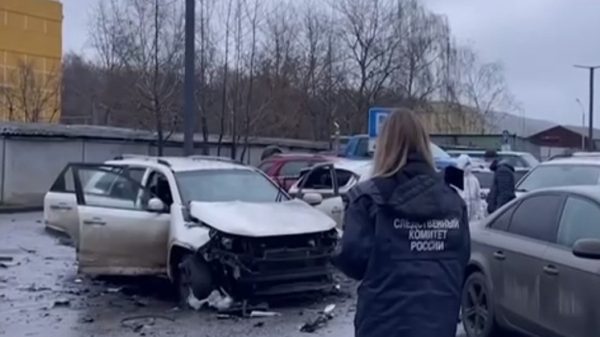

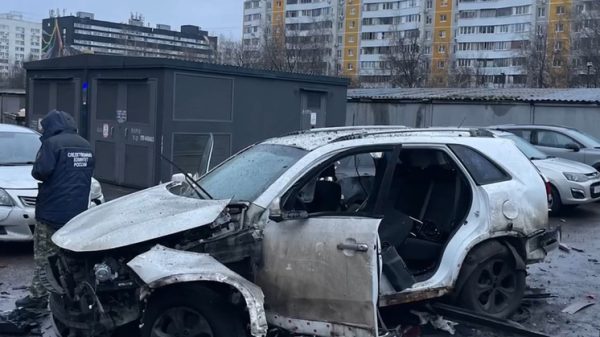


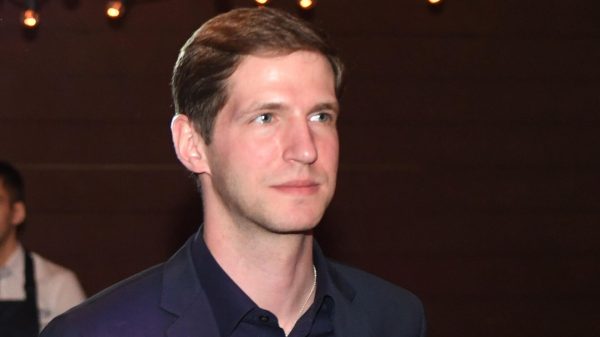
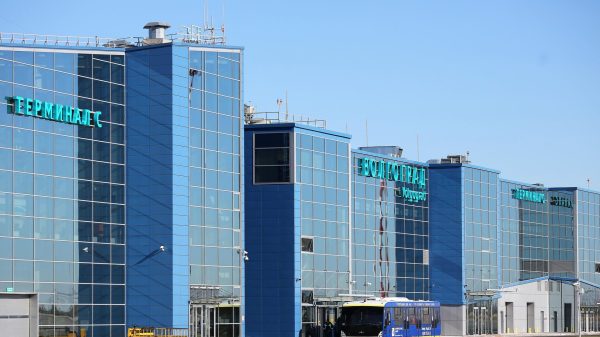
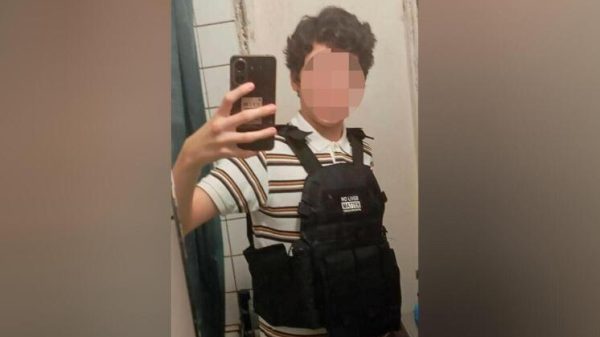
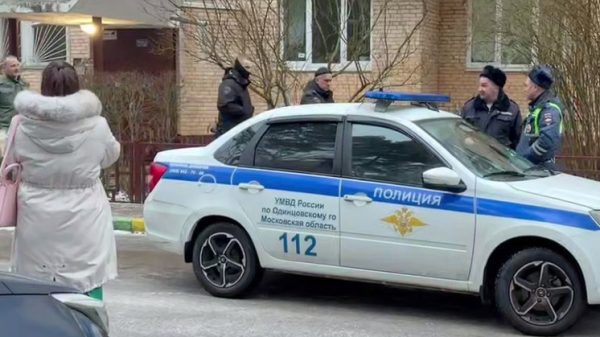
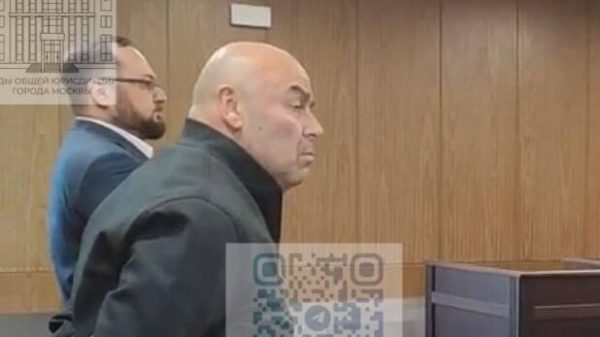

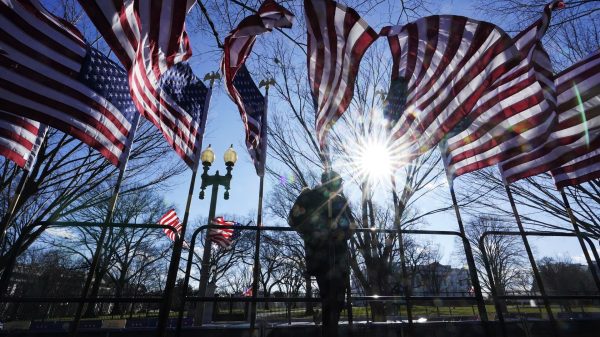

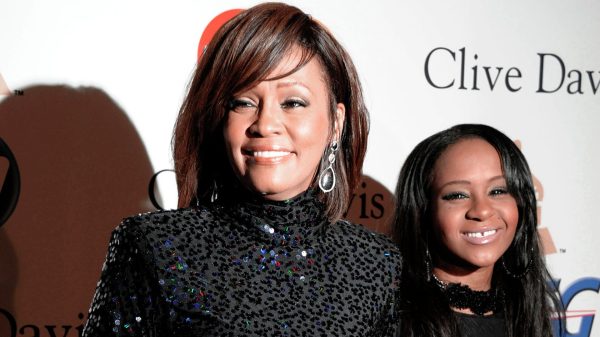

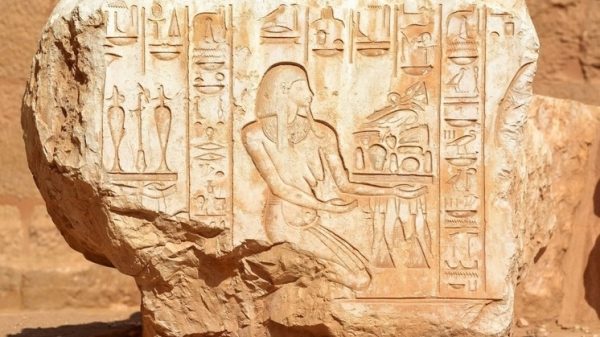
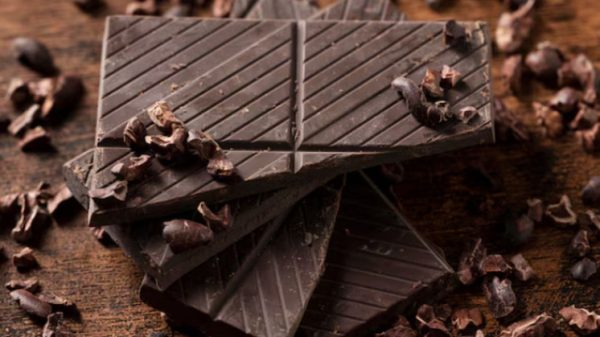
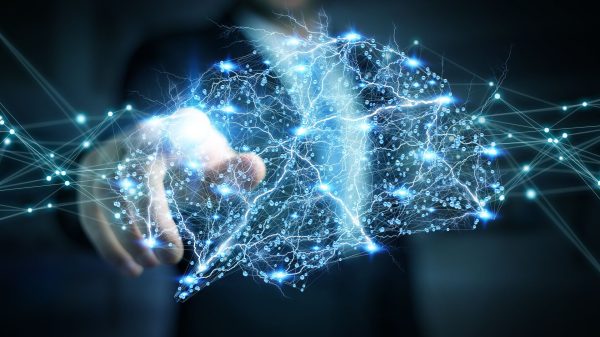

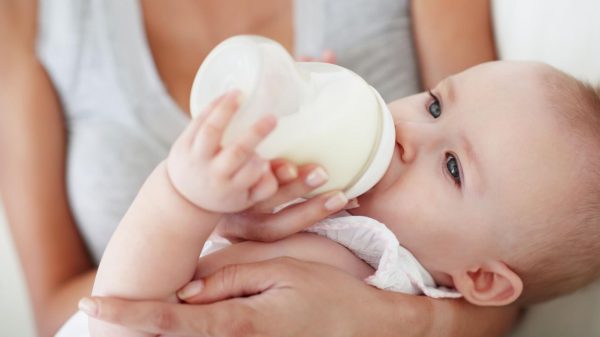






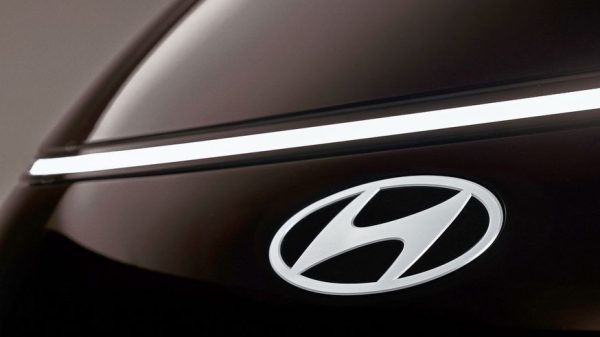

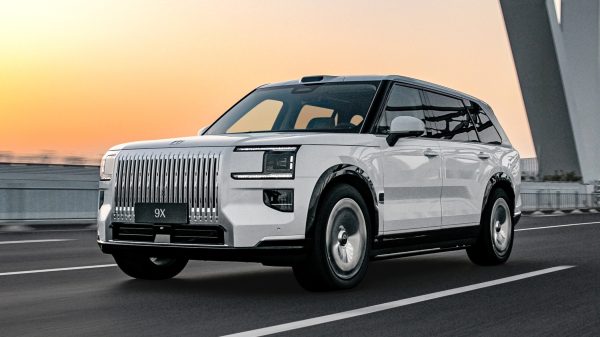


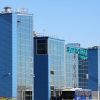
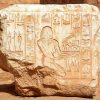










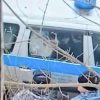

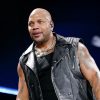



Свежие комментарии